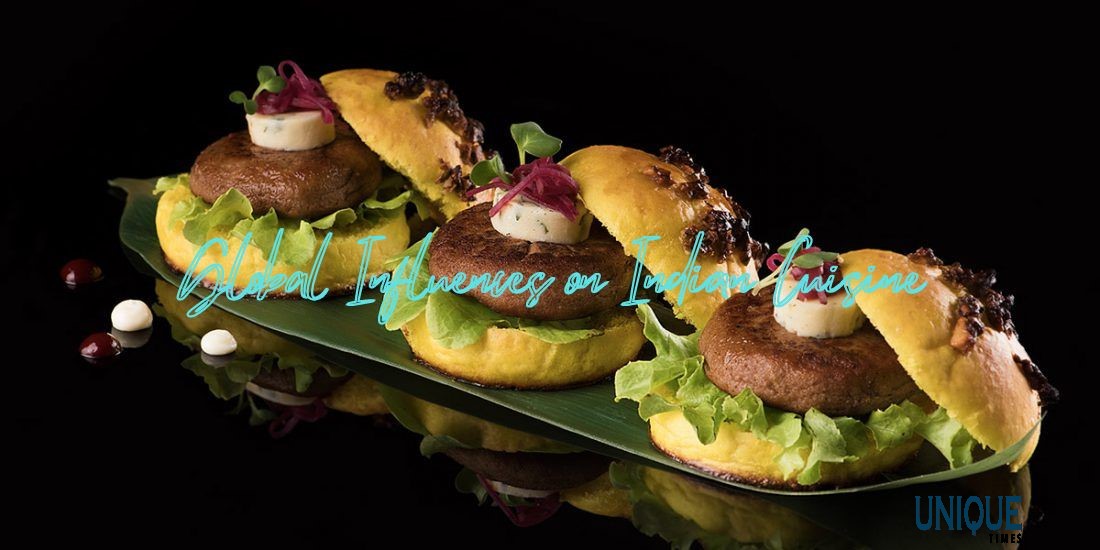Biryani: A Mughal Marvel
The aromatic and flavorful biryani, a dish synonymous with celebrations and feasts, actually has its roots in the Middle East. Introduced to India by the Mughals, the biryani is a delightful blend of fragrant basmati rice, succulent meat (usually chicken, mutton, or beef), and a myriad of spices. The Mughals, known for their opulent feasts, brought the concept of layered rice dishes to the Indian subcontinent, and biryani quickly became a culinary sensation, adapting to regional variations across the country.
Samosa: The Traveling Pastry
The humble yet ubiquitous samosa, a popular tea-time snack in India, has a history that stretches beyond its Indian roots. Originating in Central Asia, the samosa made its way to the Indian subcontinent via trade routes. Filled with a spiced mixture of potatoes, peas, and sometimes meat, the crispy, triangular pastry is a perfect example of culinary globalization. The samosa’s journey reflects the interconnectedness of cultures through trade and migration.
Chai: The British-Indian Blend
The quintessential Indian beverage, chai, has a surprising foreign influence – the British. While the origins of tea lie in China, it was the British who popularized tea cultivation in India during the colonial era. Indians embraced the beverage wholeheartedly, infusing it with local spices like cardamom, ginger, and cloves. The result? The uniquely Indian chai, a comforting and aromatic concoction enjoyed across the country.
Vindaloo: Portuguese Spice Fusion
Known for its fiery and tangy flavors, vindaloo has its roots in Portuguese cuisine. The dish originally called “Carne de Vinha d’Alhos” was introduced by Portuguese explorers who landed in Goa. Over time, the Goans adapted the recipe, incorporating local spices like cumin, coriander, and red chilies. The result is the spicy and flavorful vindaloo that has become a staple in Indian cuisine.
Conclusion: A Culinary Melting Pot
Indian cuisine’s evolution is a testament to the country’s openness to diverse influences. As we savor the flavors of biryani, samosas, chai, and vindaloo, we are reminded that the beauty of Indian cuisine lies in its ability to seamlessly blend foreign elements with local traditions, creating a culinary tapestry that is as diverse as the nation itself.
Picture Courtesy: Google/images are subject to copyright









